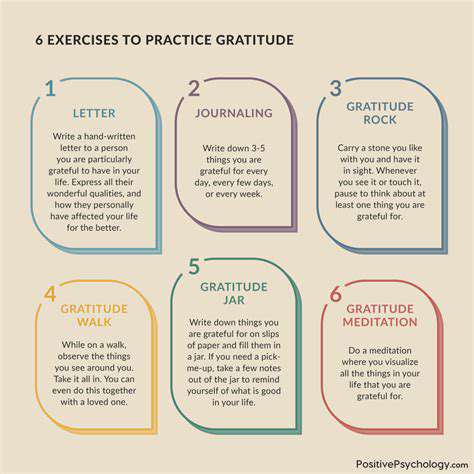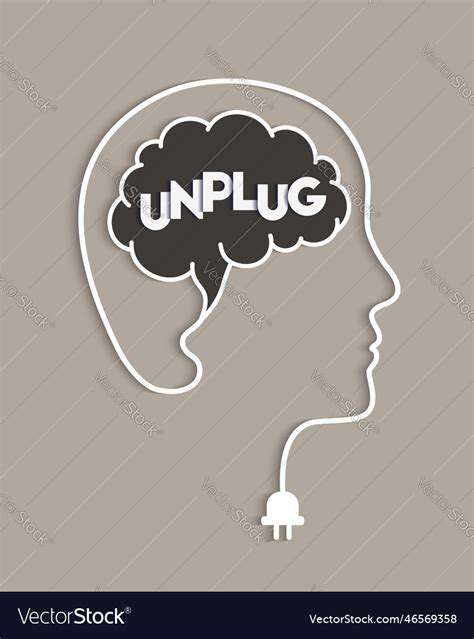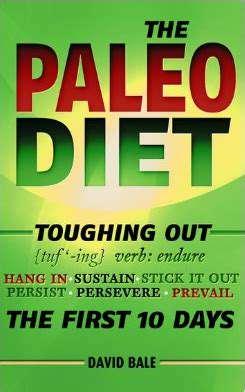Best Exercises for Building Arm Muscle (Biceps & Triceps)
Triceps Domination: Building Strength and Size
Understanding the Triceps
The triceps brachii, a three-headed muscle located on the back of the upper arm, plays a crucial role in extending the elbow joint. Developing a strong and well-defined triceps is essential for overall arm strength and aesthetics. Understanding its function and the specific exercises that target its various heads is key to maximizing growth and preventing imbalances. This muscle group is often overlooked, but its contribution to pushing, lifting, and pulling movements is undeniable, making it a vital component in any comprehensive strength training program.
Triceps training isn't just about biceps; it's about achieving a balanced and aesthetically pleasing physique. Effective triceps workouts promote functional strength, enabling you to perform daily tasks with greater ease and power. Ignoring this crucial muscle can lead to imbalances, hindering overall performance and potentially increasing the risk of injury.
Effective Triceps Exercises
Numerous exercises effectively target the triceps, each emphasizing different aspects of the muscle. Push-downs, using various grips and attachments, are a fundamental exercise for isolating and strengthening the triceps. Overhead extensions, performed with dumbbells or barbells, further challenge the muscle, promoting growth and stability. Close-grip bench presses, although primarily targeting the chest, also engage the triceps significantly, providing a compound exercise benefit.
Dips, performed on parallel bars, are a highly effective bodyweight exercise that works the entire triceps, as well as the chest and shoulders. These exercises, when performed correctly, are invaluable for building size and strength. Proper form and controlled movements are essential to avoid injuries and maximize results.
Progressive Overload for Growth
Progressive overload is a cornerstone of muscle growth. It involves gradually increasing the weight, resistance, or repetitions over time to challenge the triceps and stimulate hypertrophy (muscle growth). Consistently pushing your limits is key to maximizing results. This could involve increasing the weight lifted, the number of sets performed, or the number of repetitions completed.
Proper Form and Safety
Correct form is paramount when working out any muscle group, and the triceps are no exception. Proper form not only maximizes effectiveness but also minimizes the risk of injury. Using proper form ensures that the targeted muscles are engaged and that the exercise is performed in a safe and controlled manner. This is crucial for injury prevention and maximizing the workout's effectiveness.
Seeking guidance from a qualified fitness professional can help establish a safe and effective workout routine, ensuring proper form and technique are maintained throughout the process. This guidance can prevent potential injuries and promote optimal results.
Nutrition and Recovery for Optimal Results
A balanced diet rich in protein and nutrients is essential for muscle repair and growth. Protein is the building block of muscle tissue, and ensuring adequate intake is crucial for achieving optimal results. Consuming sufficient calories to support your training volume is equally important, as is a focus on quality over quantity.
Adequate rest and recovery are just as important as the workouts themselves. Allowing sufficient time for muscle repair and regeneration is essential for preventing overtraining and promoting optimal growth. Listen to your body, and prioritize sufficient sleep to aid in this recovery process.
Progressive Overload for Maximum Gains
Understanding Progressive Overload
Progressive overload is a fundamental principle in strength training that drives muscle growth and strength development. It essentially means gradually increasing the demands placed on your muscles over time. This could involve lifting heavier weights, performing more repetitions, increasing the sets, or shortening rest periods between sets. The key is to continually challenge your muscles beyond their current capacity, forcing them to adapt and grow stronger. Without progressive overload, your muscles will plateau, and you'll stop seeing improvements in strength and size. This consistent pushing of boundaries is crucial for achieving significant results in your arm-building routine.
There are various ways to implement progressive overload. One common method is to incrementally increase the weight lifted each week. Another approach is to increase the number of repetitions you can complete with a given weight. For example, if you can currently perform 8 repetitions with a certain weight, aim to increase this to 10 repetitions in the following week. Furthermore, you can also adjust the exercises themselves, transitioning to more complex movements as you get stronger. Understanding progressive overload is essential to create a workout plan that's effective for maximizing arm muscle growth.
Applying Progressive Overload to Arm Exercises
When focusing on arm exercises, progressive overload takes on a unique dimension. Consider exercises like bicep curls and triceps extensions. To progressively overload these muscles, you could initially use a lighter weight and perform 3 sets of 10-12 repetitions. As your biceps and triceps adapt, increase the weight by a small amount, perhaps 2.5 or 5 pounds, and maintain the same rep range. After a few weeks, if you can comfortably complete the target repetitions with the new weight, you can increase the weight again or consider increasing the number of sets. This consistent, gradual increase in resistance is critical for stimulating muscle growth and strength gains in your arms.
Another key aspect of progressive overload for arm exercises is focusing on proper form. Maintaining correct technique is essential to prevent injuries and ensure that you're targeting the intended muscles. As you increase the weight, focus on maintaining good form, even if it means reducing the weight slightly to ensure you're not compromising technique. This meticulous approach to progressive overload will contribute significantly to the optimal development of your arm muscles, allowing for safe and effective gains.
Furthermore, incorporating variations of exercises can also be a form of progressive overload. For instance, you could transition from standard barbell curls to hammer curls, or from overhead extensions to close-grip bench dips. These variations challenge your muscles in slightly different ways, promoting further growth and preventing plateaus. By consistently applying the principles of progressive overload to your arm workouts, you'll be well on your way to achieving significant strength and muscle gains.
Fin blending, a crucial aspect of water-based sculpting, involves carefully combining different fin materials to achieve desired textures and shapes. This process requires a keen understanding of each fin's unique properties, such as its density, flexibility, and water absorption rate. Mastering these nuances is paramount for creating intricate and lifelike forms.
Nutrition and Recovery: The Pillars of Muscle Growth
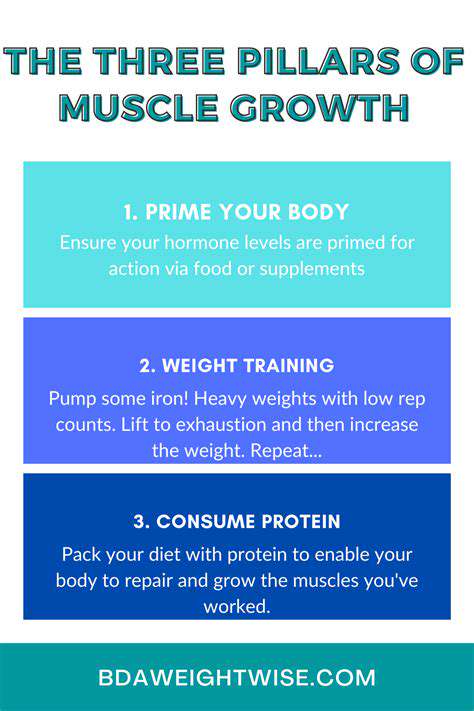
Fueling Your Body for Optimal Performance
Proper nutrition plays a crucial role in supporting athletic performance and recovery. Consuming a balanced diet rich in essential nutrients, including carbohydrates, protein, and healthy fats, provides the energy your body needs to train effectively and repair muscle tissue after exercise. This includes a variety of fruits, vegetables, lean proteins, and whole grains. A well-structured meal plan can significantly impact your training outcomes and overall well-being.
Understanding the importance of nutrient timing is also key. Consuming carbohydrates before and during exercise can help maintain blood sugar levels and fuel muscle contractions. Post-workout, consuming protein-rich foods aids in muscle repair and growth, maximizing the effectiveness of your training.
Hydration: The Unsung Hero
Adequate hydration is essential for optimal physical and cognitive function. Water is vital for transporting nutrients, regulating body temperature, and removing waste products. Dehydration can negatively impact performance, leading to fatigue and decreased endurance. Staying consistently hydrated throughout the day, especially during and after workouts, is paramount to maximizing your training potential.
Electrolyte balance is also important, particularly during prolonged or intense exercise. Electrolytes like sodium, potassium, and magnesium are crucial for maintaining fluid balance and muscle function. Sports drinks or electrolyte-rich foods can replenish these lost electrolytes.
Protein Powerhouse: Building and Repairing
Protein is essential for building and repairing muscle tissue, a critical aspect of any training regimen. Consuming sufficient protein after exercise is vital to stimulate muscle protein synthesis and promote recovery. Choose lean protein sources such as chicken, fish, beans, and lentils to ensure you're getting the most out of your protein intake.
Protein intake needs vary based on individual activity levels and training goals. Consulting a registered dietitian or nutritionist can help you determine the optimal protein intake for your specific needs and ensure you're meeting your requirements.
Rest and Recovery: The Foundation
Rest and recovery are just as crucial as training itself. Adequate sleep allows your body to repair and rebuild tissues, replenish energy stores, and improve overall performance. Aim for 7-9 hours of quality sleep per night to support optimal recovery and reduce the risk of injury. Sufficient rest also aids in mental restoration and reduces stress, which can negatively affect your training and recovery.
Supplements: A Cautious Approach
While supplements can potentially play a supportive role in certain cases, they shouldn't replace a well-rounded diet. It's important to consult with a healthcare professional or registered dietitian before incorporating any supplements into your routine. They can assess your individual needs and help you determine if a particular supplement is beneficial and safe.
Some supplements may interact with medications or have unintended side effects. A professional can help you navigate the complexities and ensure your supplement use aligns with your overall health goals.
Stress Management: A Holistic Approach
Stress can significantly impact your training and recovery. Chronic stress can lead to hormonal imbalances, impacting nutrient utilization and recovery processes. Managing stress through techniques like mindfulness, meditation, or yoga can contribute to better overall health and athletic performance.
Prioritizing stress-reducing activities can improve sleep quality, reduce muscle soreness, and enhance your overall well-being. A balanced approach to stress management is crucial for optimal recovery.
Read more about Best Exercises for Building Arm Muscle (Biceps & Triceps)
Hot Recommendations
-
*Guide to Managing Gout Through Diet
-
*Best Habits for Financial Well being
-
*How to Build a Routine for Better Mental Health
-
*How to Eat Healthy on a Budget [Tips & Meal Ideas]
-
*Guide to Practicing Self Acceptance
-
*How to Incorporate More Movement Into Your Day
-
*Guide to Managing Chronic Pain Naturally
-
*Guide to Building a Reading Habit for Well being
-
*Top 5 Weight Loss Supplements That Actually Work
-
*Best Exercises for Postpartum Recovery [Beyond Abdominal Work]

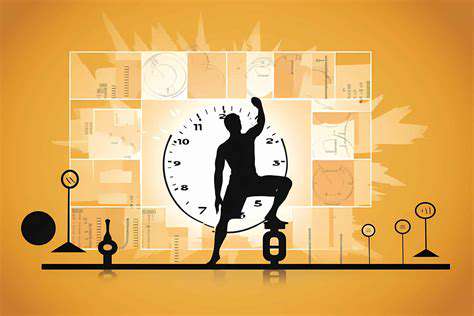
![What is the Mediterranean DASH Diet? [Benefits & How To]](/static/images/26/2025-05/MakingtheMediterranean-DASHDietaSustainableLifestyle.jpg)

